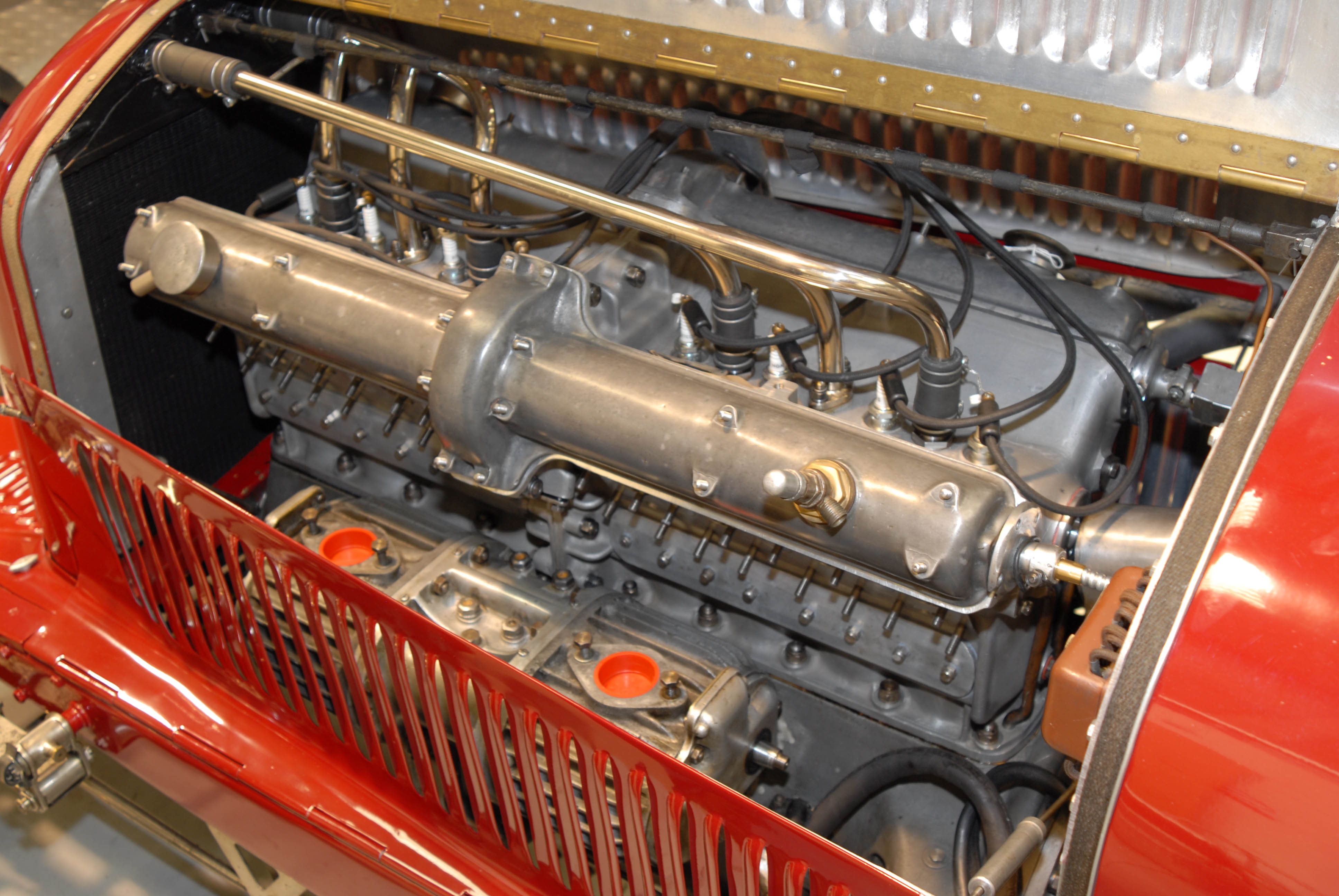Supercharger talk
The idea of boosting engine performance by increasing the density of the intake charge is nothing new. Compensating for poorly designed intake systems may have been the reasoning for their use in the late 19th/early 20th century period, but these days the science of pressure charging the internal combustion engine is not just about power density but increasingly the energy efficiency as well.
For simple power density in terms of kilowatts per kilogramme of engine weight, a gas turbine unit would still probably be the preferred option, and it is therefore little wonder that the 1960s were littered with automotive applications of this type. These engines relied on sheer throughput of fuel and air, but with the high rotational speeds pressure changing was not required. However, if you want power density with fuel economy then a turbocharged power unit is increasingly the way forwards in automotive circles.
Despite the engineer’s cool, calm logic in choosing one or other of these alternatives though, surely the most evocative form of power generation used in the automotive world is that of the Roots-type mechanical supercharger geared directly to the engine’s crankshaft. Delivering more or less a constant boost pressure irrespective of engine revs, supercharged engines of this type have a reputation for delivering almost instant high torques from very low engine speeds, giving the effect and driver feel of a much larger capacity engine. From the pure driving aesthetics therefore, little can beat a supercharged unit. But efficient is one thing they are certainly not.
In the case of a Roots supercharger the clearances between the lobes and the casing generally leave a lot to be desired. Large enough to avoid contact between the rotors yet small enough to stem any major flow losses, supercharger systems of this type will always have very low compression efficiencies. Not having any internal compression in the unit itself, manifold pressure arises from the fact that the unit will pump more air than the engine will consume, and at the point where the reverse flow losses equal the difference between the gross airflow pumped and that consumed by the engine, the boost pressure will be maintained.
But it must be remembered that an engine running at low speed and high intake pressure is highly susceptible to detonation when the end gas in advance of the flame front ignites before its time. High-octane fuel blends can reduce this tendency, but if ordinary pump fuels are mandated (or they are all that is available), the boost pressure of the engine throughout the whole speed range – including that at peak power speed – is effectively dictated by this low-speed condition. In reality the inefficient compression will heat up the charge air temperature, which will require the ignition to be retarded away from optimum, increasing the exhaust gas temperature (risking damage to the exhaust valves) and reducing the torque of the engine.
That may sound like bad news on the engine dynamometer, but fortunately when installed into a vehicle the situation tends to be only transient. Although plenty of low-speed torque might be desirable, in practice the vehicle may be traction-limited, which in a way adds to the driveability of the vehicle. In modern road-going cars this retarded ignition can have additional benefits in reducing catalyst light-off time, albeit at the penalty of high fuel consumption.
But hey, what price that self-satisfied grin as you launch away from the lights?
 Fig. 1 - An Alfa P3 under restoration. You can just see the supercharger(s) nestling down alongside the cylinder block
Fig. 1 - An Alfa P3 under restoration. You can just see the supercharger(s) nestling down alongside the cylinder block
Written by John Coxon